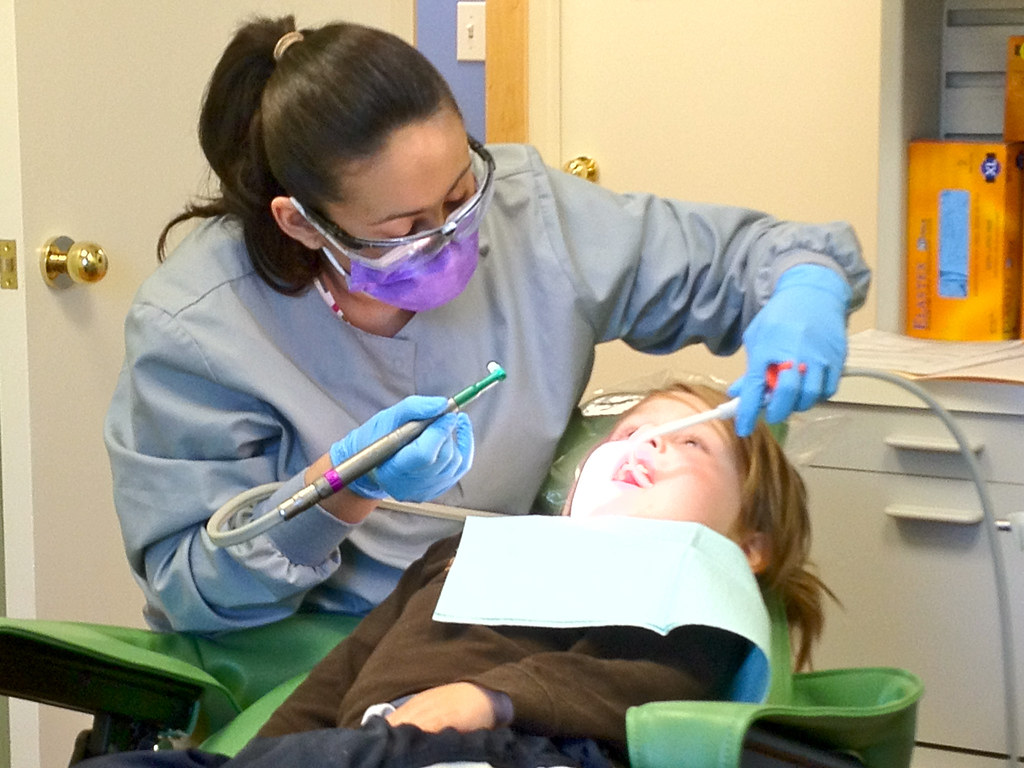
In a world where couple goals often include tandem bike rides and joint gym memberships, a recent study from Nanyang Technological University, Singapore (NTU Singapore) throws a curveball: older adults might just be better off exercising solo. The study, led by Dr. Sapphire Lin, found that older adults who exercise with their spouse tend to have lower physical activity levels than those who work out alone.
The research, involving 240 participants aged between 54 to 72, also highlighted the positive impact of personalized feedback from fitness trackers on individual physical activity levels. With societies globally facing the challenges of an aging population, the findings of this study could be a game-changer in promoting healthy aging.
The study, published in the International Journal of Human–Computer Interaction, suggests that established routines in long-term marriages may make it difficult for couples to introduce joint exercise into their lifestyle. Dr. Lin explains, ‘The average participant in our study is 60 years old and has been married to and living with the same spouse for 30 years. This suggests that the study participants have well-established routines that do not necessarily include exercising with their spouse.’
This revelation is particularly interesting when juxtaposed with previous research indicating the benefits of exercising with a romantic partner. A study by Sackett-Fox and colleagues, published in the Journal of Social and Personal Relationships, found that working out with a romantic partner can lead to better mood during exercise, improved mood throughout the day, and higher relationship satisfaction.

However, the NTU study’s findings suggest that for older adults, the key to a more active lifestyle might lie in focusing on individual exercise routines rather than joint sessions. The study divided participants into groups, with some exercising as couples and others alone. Those who exercised without their spouse achieved higher step counts and met daily step thresholds more consistently.
Moreover, the study found that real-time feedback from fitness trackers helped participants achieve moderate levels of physical activity more frequently. This feedback seems to play a crucial role in motivating older adults by highlighting the gap between current and desired activity levels and reinforcing their belief in their ability to meet their goals.
The implications of this research are significant, as it could inform policies aimed at encouraging active aging. The research team is now looking to apply this study model to older adults of lower socioeconomic status to explore how policies can address health and technology disparities.
While the romantic notion of ‘couples who sweat together, stay together’ is appealing, it might not hold true for maintaining physical activity levels in older age. Instead, encouraging older adults to pursue individual exercise routines, possibly with the support of technology for personalized feedback, could be the way forward in promoting an active and healthy lifestyle as we age.
Remember, whether you’re part of a dynamic duo or flying solo, the most important thing is to keep moving. After all, the best workout is the one that actually happens—whether it’s with your spouse or just your favorite playlist as company.
Related posts:
Older adults who exercise with their spouse may be less active than those exercising individually
Why Couples Should Work Out Together
Solo exercise benefits: Why working out alone can be good for you




